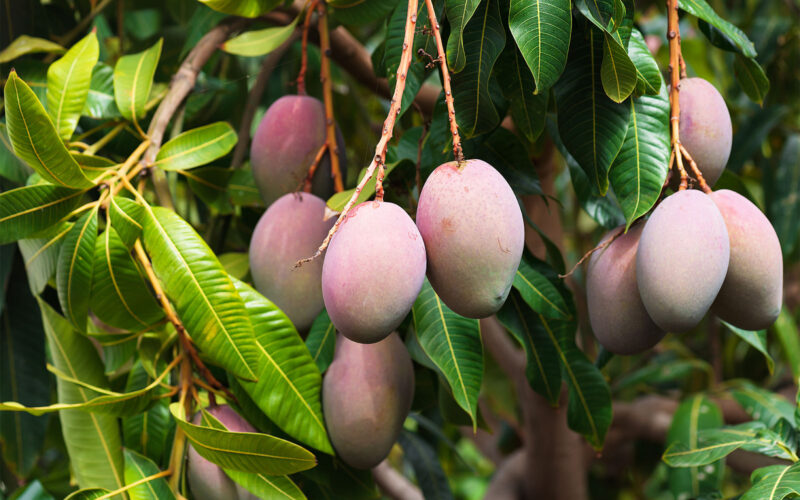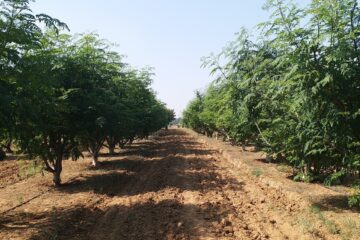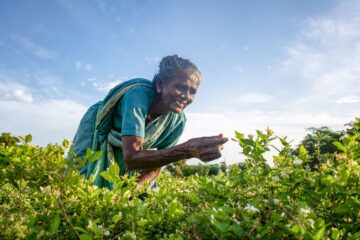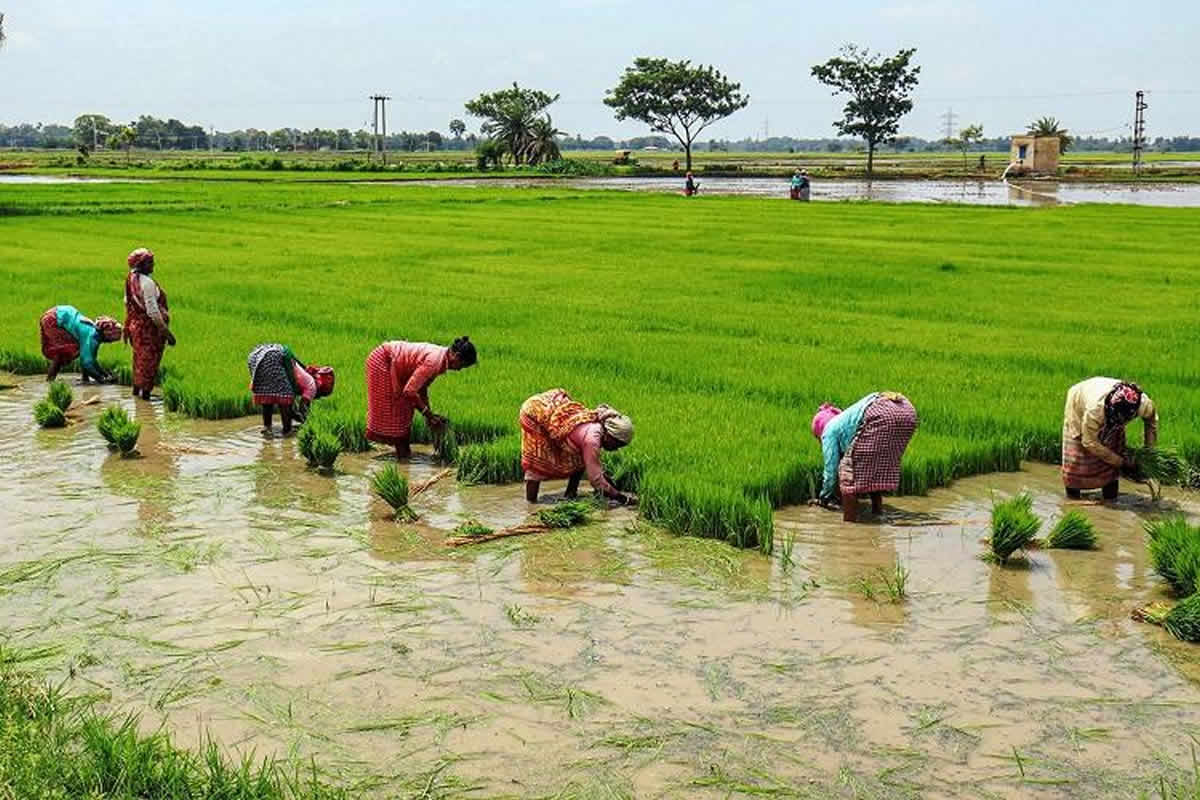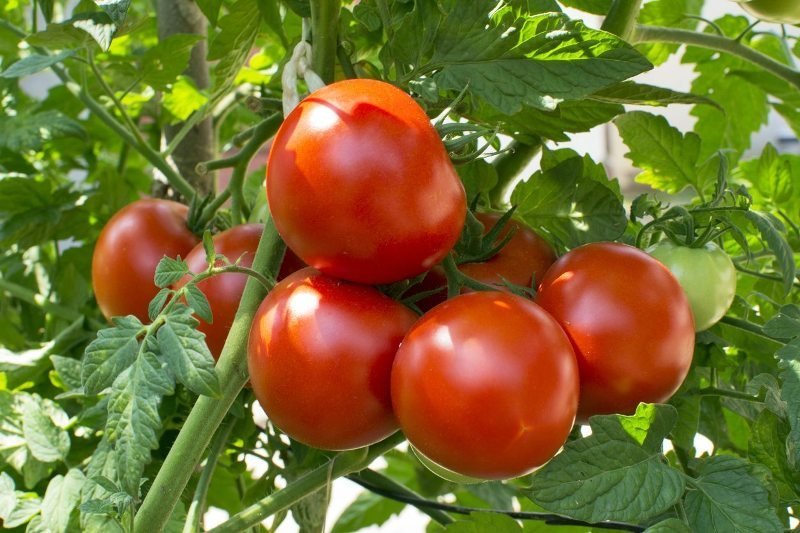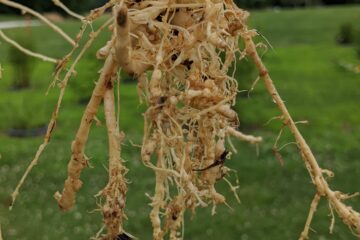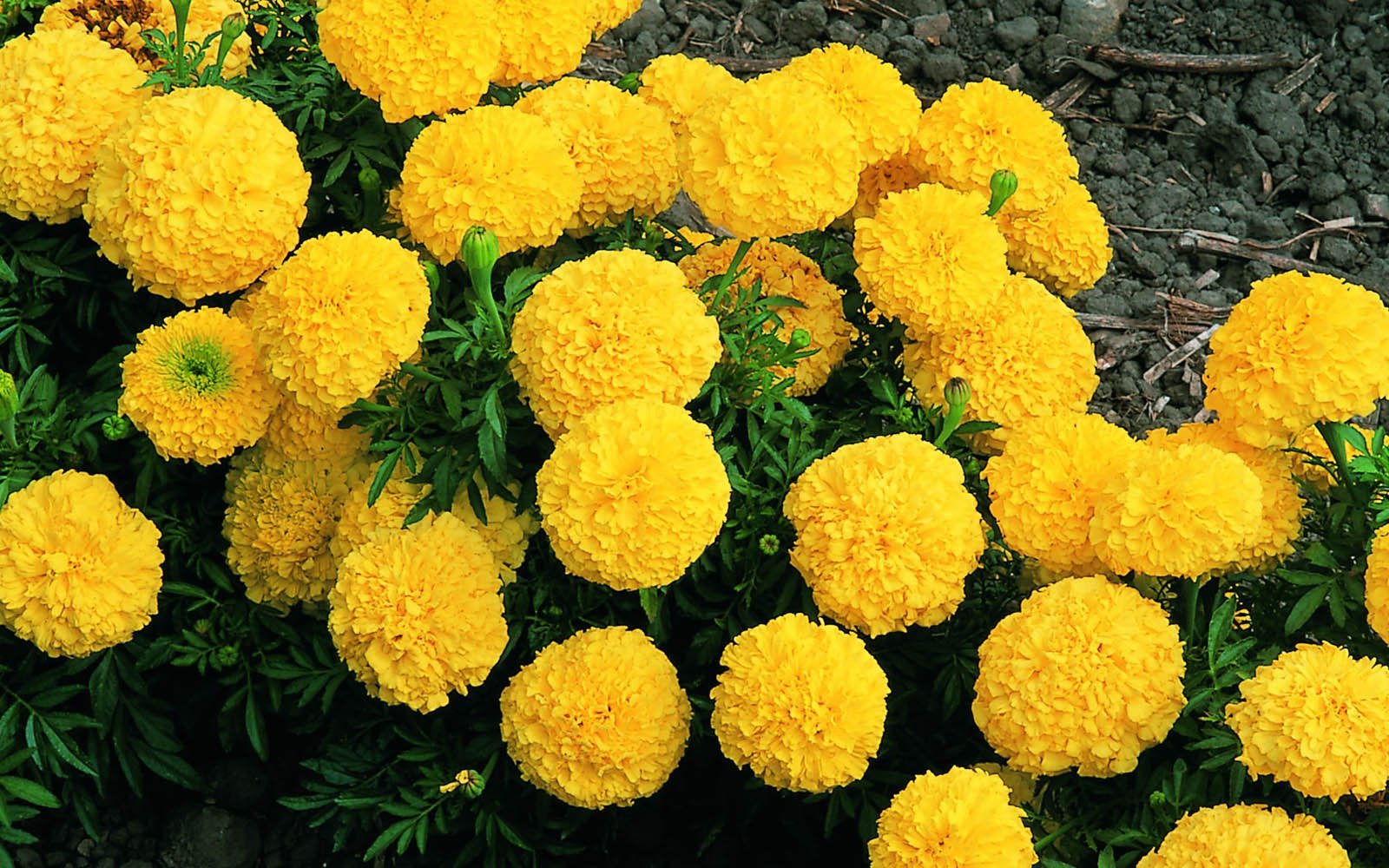Published in: August 2017
Mangoes rank first among tropical fruits. Originating in South Asian countries, they are now widely cultivated in tropical regions around the world. Southern India continues to lead in global mango production. Moreover, processed mango products contribute significantly to both domestic and international trade revenues.
Although our country has led in mango cultivation and production from ancient times to the present, it still lags behind neighboring countries like China, Pakistan, and Indonesia in terms of productivity. The primary reason for this is the failure to effectively control the problems that arise in mango production.
Diseases play a crucial role in these production challenges. These diseases alone account for a 14% reduction in post-harvest yield. The main causes of these diseases are fungi and bacteria.
Fungal Diseases Affecting Mangoes
Anthracnose – Colletotrichum gloeosporioides
This disease is widespread and affects all varieties of mangoes globally, causing significant economic losses. In our country, the Neelum and Bangalore varieties are particularly affected.
Symptoms: This disease can be observed on leaves, stems, flowers, and fruits. On fruits, black spots appear on the surface, eventually spreading and causing rapid decay. The disease is particularly severe during the winter.
Spread: The spores of this fungus reside in leaf litter and spread through the air, affecting young leaves and fruits. Symptoms appear before harvesting, and the severity increases as the fruits mature.
Control:
- Before Harvest: Spray fungicides like 0.1% Carbendazim or 0.1% Chlorothalonil once every 15 days during flowering, until 15 days before harvest.
- After Harvest: Immerse harvested fruits in hot water at 52°C for 5 minutes, then dip in 0.1% Carbendazim solution. Ensure the fruits are thoroughly washed, dried, and processed.
Alternatively, treating washed fruits with ammonia sulfur dioxide or carbon dioxide gas in a safe manner can control fruit rot.
Stem End Rot – Lasiodiplodia theobromae
Symptoms: This fungus enters through the stem of harvested fruits, causing the skin around the stem to turn black. This blackness spreads rapidly, causing the entire fruit to rot within 2-3 days, especially in winter.
Control: Avoid harvesting immature fruits. Treat harvested fruits in hot water at 52°C and dip in a solution of 0.1% Carbendazim and 55 ml Prochloraz in 100 liters of water.
Soft Rot – Diplodia natalensis
Symptoms: This fungus spreads rapidly at 80% humidity and temperatures between 25-31°C, causing the flesh around the stem to rot. This spreads quickly, making the fruit soft and causing it to rot.
Control: Wash harvested fruits in hot water and dip in a 6% borax solution for 3 minutes, then dry. Spray 0.1% Carbendazim or Mancozeb 15 days before harvest.
Black Spot Rot – Aspergillus niger and Phomopsis mangiferae
Symptoms: The bottom of the fruit turns yellow initially, then spreads into irregular gray spots that start to rot. The rotted part becomes soft, and black fungus grows on it. This spreads quickly through wounds incurred during harvesting.
Control: Spray 0.2% Benomyl and 0.3% Copper Oxychloride before harvest. Dip fruits in 1,500 ppm Benomyl or 0.1% Carbendazim solution after harvest.
Brown Spot Rot – Pestalotiopsis mangiferae
Symptoms: Small brown spots appear on mature fruits, with a white-gray center. These spots eventually merge, causing the fruit to shrivel.
Control: This disease spreads more at temperatures between 20-25°C and during the rainy season. After the rain, spray 0.2% sulfur solution and 0.2% zineb solution.
Bacterial Rot – Pseudomonas mangiferae indica
Symptoms: This disease occurs before and after harvest. Affected fruits show dark brown spots with water-soaked areas. As the disease progresses, the fruits shrivel and fall. After harvest, the affected fruits rot and show cracks on the skin, which later shrivel completely. The disease spreads rapidly in rainy and windy conditions.
Control: Spray 200-300 ppm streptomycin 20 days before harvest. After harvest, wash fruits in hot water and dip in 200 ppm Agrimycin 100 solution.
Requirements for Export
Completely remove diseased and wounded fruits during harvesting. Fruits treated with steam and hot water are suitable for export. Ensure storage facilities and crates are cleaned with 0.02% chlorine or 2% formalin. Timely identification and elimination of post-harvest diseases are crucial, as they can spread rapidly and cause significant damage.
Su. Suguna, Dr. V.M. Srinivasan, Dr. P. Karthik, Father Rover Agricultural College, Perambalur, C. Parthasarathy, Department of Plant Pathology, Tamil Nadu Agricultural University, Coimbatore.

